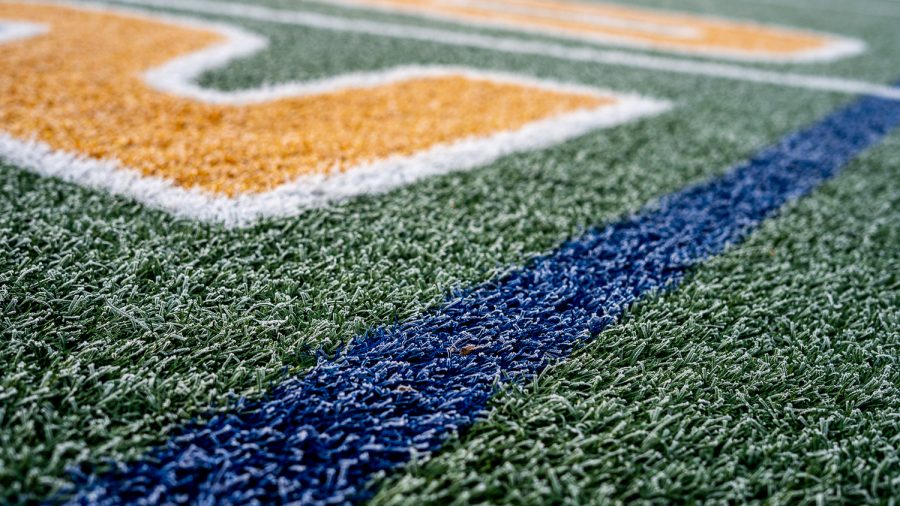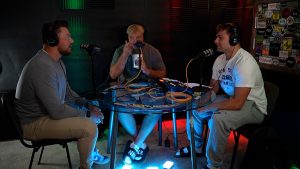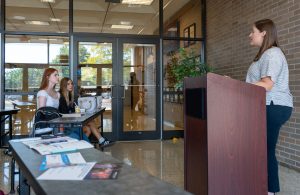Are artificial fields a danger to NFL players?
With an increase in non-contact NFL injuries, is it time to switch to natural grass across all NFL stadiums?
January 20, 2023
Many of us who follow the NFL hear a lot of different opinions from fans and people in the business about the issues regarding the sport. New issues get brought up, while others diminish.
One issue that has seemed to stick around for the last few years is the argument that artificial turf fields cause more non-contact injuries than grass fields.
Many players across the NFL, such as stars Cooper Kupp, Calais Campbell, and Nick Bosa, have advocated for having natural grass be the only playable surface in the league.
“The NFL says they care about player safety, yet they can’t put us on a natural surface,” said star pass rusher Nick Bosa.
The surface of turf is a lot stiffer and denser than real grass, making it harder on the players when they hit the turf almost every play. The average NFL game runs around 154 plays, meaning that those players are landing on the turf around 100 times a game. That kind of impact makes a big difference in the injury report and future practices, not to mention in-game injuries.
In the 2022 Super Bowl, wide receiver Odell Beckham Jr. tore his ACL in a non-contact injury. On the world’s biggest stage, the three-time Pro Bowler had his career altered.
Sofi Stadium, where the 2022 Super Bowl was played, uses artificial turf. The combination of the slick paint and an artificial surface suggests a correlation to Beckham’s injury.
Additionally, artificial turf has a higher injury rate compared to grass.
As the president of the NFL Players Association JC Tretter wrote in an article explaining his research on the topic, “Specifically, players have a 28% higher rate of non-contact lower extremity injuries when playing on artificial turf. Of those non-contact injuries, players have a 32% higher rate of non-contact knee injuries on turf and a staggering 69% higher rate of non-contact foot/ankle injuries on turf compared to grass.”
While the majority of NFL stadiums provide real grass, 14 teams in the league use artificial turf, as grass needs to be mowed, watered, fertilized, and re-painted frequently. A natural surface is more expensive, as more staff must be hired in order to maintain the field.
Another pro about fields with artificial grass is that they are durable in severe weather conditions. With artificial turf, a game can be played in Buffalo with a few feet of snow on the ground at the same time one is played in Tampa Bay with a high of 100 degrees.
Although there are a few pros to artificial turf, the cons seem to outweigh the benefits.
Player safety on the field should always be a top priority for the NFL. If grass fields are proven to keep football players safer from the risk of concussions, then they should be mandated by the NFL.
It’s not just the players speaking out about the turf fields–coaches have gotten involved as well.
Until there is a change, the debate over artificial turf and natural grass will continue. But in any case, the safety of the players is the first priority, and the NFL should do all it can to make the game safer for its players. Getting rid of artificial turf can make football safer and more comfortable for the players, but it comes at the cost of convenience for groundskeeping teams.












